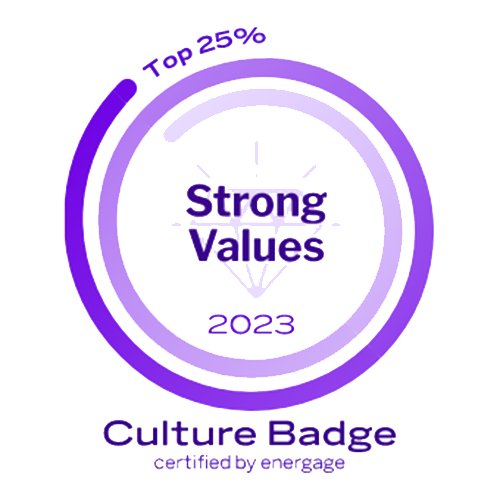Whether you’re an experienced keynote speaker or it’s your first time, preparing for an upcoming event is critical to serving your audience and doing your job well.
As a keynote speaker, you’re often responsible for drawing the crowd. But once they’re there, it’s also your job to keep them engaged, whether you’re inspiring the flow of the event at the onset or you’re the exciting conclusion. Creating your keynote takes careful planning, but it’s a good rule of thumb to focus on a niche topic rather than being overly general. And when choosing a topic, make sure to ask yourself—is this topic worth sharing?
Every keynote should be a story, and plotting your story is essential to crafting your speech. Like any adventure, you must have a beginning, middle, and end to emphasize your main point.
To prepare, here are five steps you can take to craft an inspiring and engaging keynote speech.
1. Identify Your Story
When you’re planning your keynote, pick something you feel passionately about. Think about the stories you’re drawn to and how they’ve shaped your view of the world. Is there a problem you’ve been figuring out since you were young—that thing that makes you tick, makes you unique? And then, how does that influence your contributions to the organization hosting the event?
Ask yourself these questions:
- Why do I need to tell my story?
- What is the No. 1 thing I want people to take away from my story?
2. Choose a Topic
Now that you’ve identified your story, it’s time to pick a topic. When choosing a topic, think about how your personal story intertwines with the vision and goals of the hosting company. No matter what, the topic you choose to speak about needs to be relevant to the event’s overarching mission. Make sure to think about what sets your main theme apart and how it fits into the bigger story. You were asked to speak for a reason, so your topic should enhance the event’s overall theme based on your unique position and insights.
Ask yourself these questions:
- Will your topic move your audience to action? How?
- How would you explain your topic to a child? (Simplify it).
3. Outline Your Plot
Once you have a good understanding of your audience and how you want to engage them, it’s time to outline your plot. Identify your problem and solution. Make sure you have a hook that has the power to move your audience to action. What are the points you want to use that will drive home your main point?
Ask yourself these questions:
- Where do you want your audience to be when your narrative is finished?
- What’s the call to action?
4. Outline Your Framework
Breaking your speech up into segments can help you organize your keynote as well as establish a beginning, middle, and end. Make sure you know your main idea, how you’re going to introduce your talk (a strong intro should engage your audience right from the get-go), and how many segments you’ll need to bring your story to life.
Ask yourself these questions:
- What’s your conclusion?
- What do you want your audience to do with your insights?
5. Visualizing the Story
Creating a visually compelling story is just as important as the rest of the steps, so decide which story elements should be illustrative. This way, you can bring your story to life while clarifying your key points for your audience—just make sure to avoid cliches. Of course, you can create images beyond what your audience can physically see. Ensuring your audience can visualize your story with their mind’s eye is also important. Maybe you can find an analogy that connects your topic to your audience, making it relatable in a way that helps them see where you’re going and invites them along. By using visually compelling language and images that illustrate your points, you can relay your central theme while provoking an emotional response—which ultimately makes lasting memories happen.
Ask yourself these questions:
- When you picture your outline, what ideas are inspired?
- What are the images you see?
Bottom Line
Now that you’ve outlined your keynote, you can be confident that you’ll be ready to intrigue and inspire on the day of the event. But make time to go over your speech with the corporate event planner, so you’re on the same page. More ideation may still happen, and that’s okay—because ensuring your audience is engaged and inspired is essential. But don’t forget to focus, breathe, and, of course, practice.











